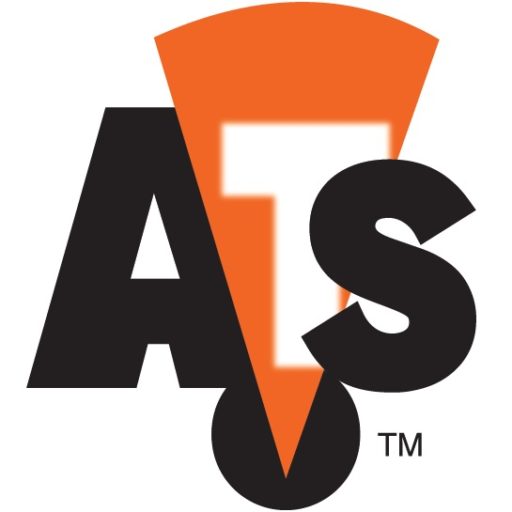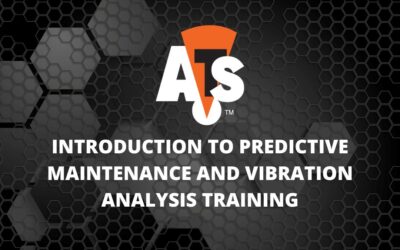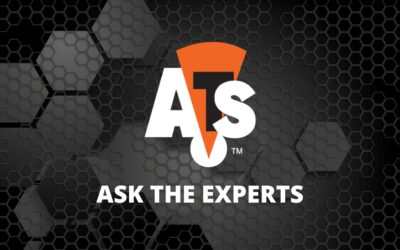Congratulations! If you’re contemplating this particular dilemma, then at least you’re on the right track for your facility and maintenance department. For some companies, the decision to make a predictive maintenance (PdM) program a priority (and fund it properly) can be the most difficult part. If you’re at this point in your decision process, here are a few things to consider:
1) What is the appropriate budget for this project?
2) How long will it take to implement?
3) What training is required or recommended?
4) What are my critical assets?
5) What technologies are “best” for monitoring these critical assets?
If you’ve been through this process before, then you most likely know some of the answers to these questions. If not, this project may be a little more intimidating to you. I’ll lay out some fairly standard Pro’s and Con’s of both an “In-house” PdM program and a “Contracted” PdM program.
“In-house” PdM Program
Pros – This is often considered the way to go in regards to implementing a predictive maintenance program, especially with larger facilities or companies. Think about it this way, the PdM staff is typically on-site, can have a wealth of knowledge about the equipment (or at least have it available), and can easily coordinate with operations, engineering, production, and maintenance. If you can effectively and honestly answer the questions listed above, this may be the approach for you. There is a lot of upside to this method and when done properly, it can be incredibly effective and beneficial.
Cons – The ugly truth about “in-house” programs is that they just don’t work at every facility. They require a significant investment in equipment, software, personnel, and training. Training and staff turnover in particular can be a constant headache for anyone in charge of a program like this. Vibration analysis alone can take years to master, and that’s just one of many technologies that a good PdM program might employ. Also, if you don’t have any experience starting a PdM program, you can also mismanage you budget and de-rail the program before it has a chance to take off.
“Contracted” PdM Program
Pros – If you decide to bring in an outside contractor to run your predictive maintenance program, they will help you answer the questions listed above. Contractors typically provide their own equipment, software, reports, and training. These things can save the client from the significant investment that “in-house” programs face when they start up. Another major advantage of having a PdM service provider is the combined experience they hold from years of data collection, analysis, and report generation. A quality provider means the client does not suffer from any gaps in collection or analysis due to staff turnover or lack of appropriate training. Financial information, including ROI, should also be made available to the client, which will strengthen the program and encourage continued support from upper management.
Cons – Contracted provides are not always on site and may not be available to assist with diagnostic work. They require a significant amount of information to perform their analysis correctly and rely on a constant stream of information from the client. If your facility is very large with a significant amount of assets, a PdM provider may not be the most cost effective option for you in the long run.
Every facility is different and everyone is facing a unique set of constraints when it comes to their predictive maintenance options. Take a look at your facility, budget, personnel, and culture. Ask yourself some of the questions listed above and realistically evaluate where you are at and where you want to be. If the appropriate steps are taken for your specific situation, a successful predictive maintenance program can be a part of your future.






0 Comments